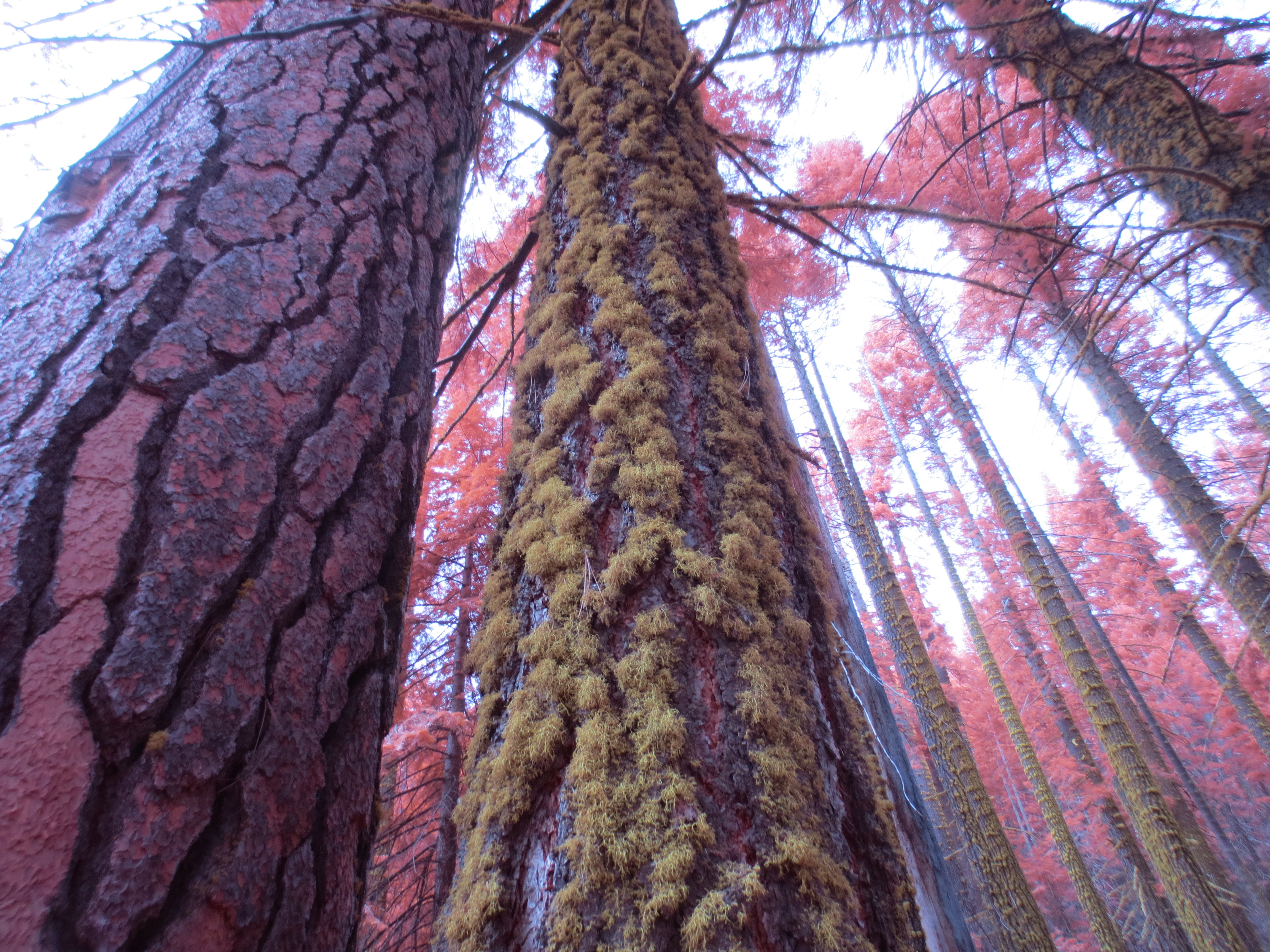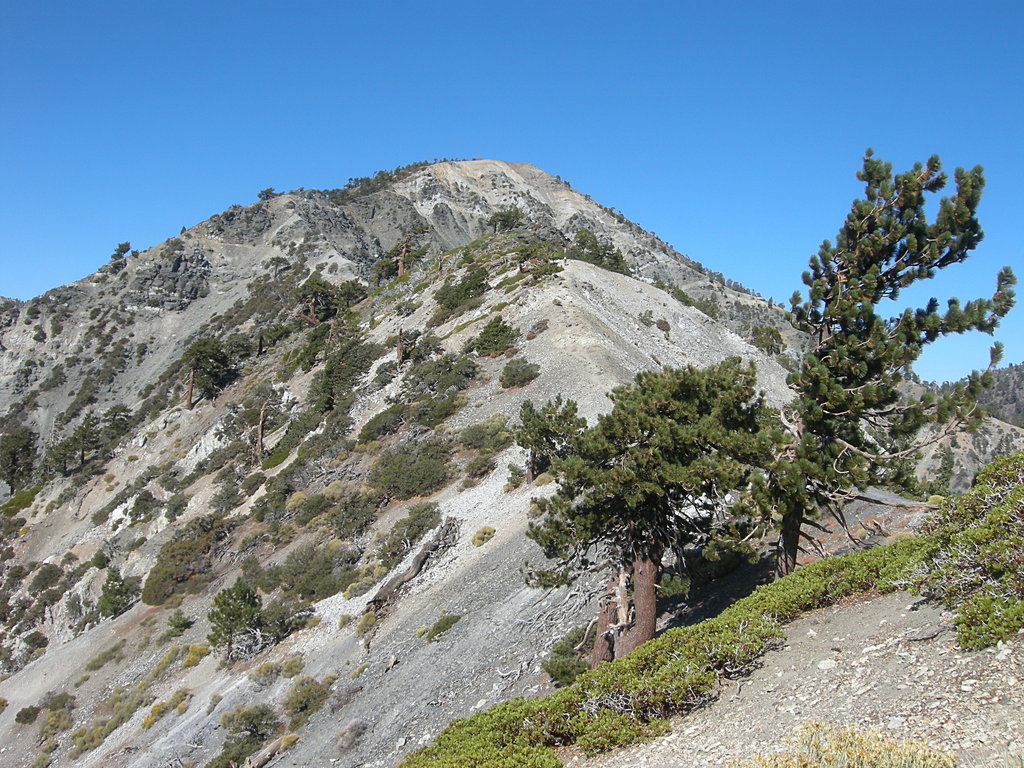|
Letharia
''Letharia'' is a genus of fruticose lichens belonging to the family Parmeliaceae. There were historically two species of ''Letharia'': '' L. vulpina'' and '' L. columbiana''. Recent molecular sequence studies published in 2016 confirm at least 6 species in Western North America alone, with more expected to be confirmed using similar methods in other parts of the world. The typical photobiont is a green alga of genus ''Trebouxia ''Trebouxia'' is a unicellular green alga.Silverside, A. J. (2009). Retrieved from http://www.bioref.lastdragon.org/Chlorophyta/''Trebouxia''.html It is a photosynthetic organism that can exist in almost all habitats found in polar, tropical, and ...''. References Parmeliaceae Lecanorales genera Lichen genera Taxa named by Theodor Magnus Fries Taxa described in 1871 {{Parmeliaceae-stub ... [...More Info...] [...Related Items...] OR: [Wikipedia] [Google] [Baidu] |
Letharia Columbiana
''Letharia columbiana ''(common name brown-eye wolf lichen, synonyms ''Letharia californica'', ''Borrera columbiana'') is a common lichen in subalpine forests, particularly in the Pacific Northwest of the United States, and parts of Canada. It is in the family Parmeliaceae, and the genus '' Letharia''. Its characteristics include a bright citron color, “brown-eyes”, and rounded, irregular branches. Though previously believed to lump together several lineages such as ''Letharia gracilis'' and others, there now exists more specific characteristics to identify the species. This lichen grows on the bark of conifers a couple inches tall. ''L. Columbiana''’s cousin, ''Letharia vulpina ''(common name wolf lichen), has similar geographical distribution and morphological features, with the major difference being the “brown-eyes” of ''L. columbiana''. Habitat and distribution ''L. columbiana'' has a healthy distribution in subalpine forests of the United States and Canad ... [...More Info...] [...Related Items...] OR: [Wikipedia] [Google] [Baidu] |
Letharia Vulpina
''Letharia vulpina'', commonly known as the wolf lichen (although the species name ''vulpina'', from ''vulpine'' relates to the fox), is a fruticose lichenized species of fungus in the family Parmeliaceae. It is bright yellow-green, shrubby and highly branched, and grows on the bark of living and dead conifers in parts of western and continental Europe and the Pacific Northwest and northern Rocky Mountains of North America. This species is somewhat toxic to mammals due to the yellow pigment vulpinic acid, and has been used historically as a poison for wolves and foxes. It has also been used traditionally by many native North American ethnic groups as a pigment source for dyes and paints. Description The thallus, or vegetative body, has a fruticose shape — that is, shrubby and densely branched — and a bright yellow to yellow-green, or chartreuse color, although the color will fade in drier specimens. Its dimensions are typically in diameter. The vegetative reproductive ... [...More Info...] [...Related Items...] OR: [Wikipedia] [Google] [Baidu] |
Lichen
A lichen ( , ) is a composite organism that arises from algae or cyanobacteria living among filaments of multiple fungi species in a mutualistic relationship.Introduction to Lichens – An Alliance between Kingdoms . University of California Museum of Paleontology. Lichens have properties different from those of their component organisms. They come in many colors, sizes, and forms and are sometimes plant-like, but are not s. They may have tiny, leafless branches (); flat leaf-like structures ( |
Lichen Genera
A lichen ( , ) is a composite organism that arises from algae or cyanobacteria living among filaments of multiple fungi species in a mutualistic relationship.Introduction to Lichens – An Alliance between Kingdoms . University of California Museum of Paleontology. Lichens have properties different from those of their component organisms. They come in many colors, sizes, and forms and are sometimes plant-like, but are not s. They may have tiny, leafless branches (); flat leaf-like structures ( |
Photobiont
A lichen ( , ) is a composite organism that arises from algae or cyanobacteria living among filaments of multiple fungi species in a mutualistic relationship.Introduction to Lichens – An Alliance between Kingdoms . University of California Museum of Paleontology. Lichens have properties different from those of their component organisms. They come in many colors, sizes, and forms and are sometimes plant-like, but are not s. They may have tiny, leafless branches (); flat leaf-like structures ( |
Parmeliaceae
The Parmeliaceae is a large and diverse family of Lecanoromycetes. With over 2700 species in 71 genera, it is the largest family of lichen-forming fungi. The most speciose genera in the family are the well-known groups: '' Xanthoparmelia'' ( 822 species), ''Usnea'' (355 species), ''Parmotrema'' ( 255 species), and ''Hypotrachyna'' (262 species). Nearly all members of the family have a symbiotic association with a green alga (most often ''Trebouxia'' spp., but '' Asterochloris'' spp. are known to associate with some species).Miadlikowska, J. ''et al.'' (2006). New insights into classification and evolution of the Lecanoromycetes (Pezizomycotina, Ascomycota) from phylogenetic analyses of three ribosomal RNA- and two protein-coding genes. ''Mycologia'' 98: 1088-1103. http://www.mycologia.org/cgi/reprint/98/6/1088.pdf The majority of Parmeliaceae species have a foliose, fruticose, or subfruticose growth form. The morphological diversity and complexity exhibited by this group is en ... [...More Info...] [...Related Items...] OR: [Wikipedia] [Google] [Baidu] |
Fruticose Lichen
A fruticose lichen is a form of lichen fungi that is characterized by a coral-like shrubby or bushy growth structure. It is formed from a symbiotic relationship of a photobiont such as green algae or less commonly cyanobacteria and one, two or more mycobionts. Fruticose lichens are not a monophyletic and holophyletic lineage, but is a form encountered in many classes. Fruticose lichens have a complex vegetation structure, and are characterized by an ascending, bushy or pendulous appearance. As with other lichens, many fruticose lichens can endure high degrees of desiccation. They grow slowly and often occur in habitats such as on tree barks, on rock surfaces and on soils in the Arctic and mountain regions. Characteristics Fruticose lichens are lichens composed of a shrubby or bushy thallus and a holdfast. The thallus is the vegetative body of a lichen that does not have true leaves, stems, or roots. The thallus colour is affected by the algae in the lichen, compounds created by t ... [...More Info...] [...Related Items...] OR: [Wikipedia] [Google] [Baidu] |
Trebouxia
''Trebouxia'' is a unicellular green alga.Silverside, A. J. (2009). Retrieved from http://www.bioref.lastdragon.org/Chlorophyta/''Trebouxia''.html It is a photosynthetic organism that can exist in almost all habitats found in polar, tropical, and temperate regions.Erokhina, L. G., Shatilovich, A. V., Kaminskaya, O. P., & Gilichinskii, D. A. (2004). Spectral Properties of the Green Alga ''Trebouxia'', a Phycobiont of Cryptoendolithic Lichens in the Antarctic Dry Valley. Microbiology,73(4), 420-424. doi:10.1023/b:mici.0000036987.18559Lukesova, A., & Frouz, J. (2007). Soil and Freshwater Micro-Algae as a Food Source for Invertebrates in Extreme Environments. Cellular Origin, Life in Extreme Habitats and Astrobiology Algae and Cyanobacteria in Extreme Environments,265-284. doi:10.1007/978-1-4020-6112-7_14Seckbach, J. (2007). Algae and cyanobacteria in extreme environments. Dordrecht: Springer. doi:https://doi.org/10.1007/978-1-4020-6112-7Seckbach, J. (2002). Symbiosis: Mechanisms and m ... [...More Info...] [...Related Items...] OR: [Wikipedia] [Google] [Baidu] |
Genus
Genus ( plural genera ) is a taxonomic rank used in the biological classification of extant taxon, living and fossil organisms as well as Virus classification#ICTV classification, viruses. In the hierarchy of biological classification, genus comes above species and below family (taxonomy), family. In binomial nomenclature, the genus name forms the first part of the binomial species name for each species within the genus. :E.g. ''Panthera leo'' (lion) and ''Panthera onca'' (jaguar) are two species within the genus ''Panthera''. ''Panthera'' is a genus within the family Felidae. The composition of a genus is determined by taxonomy (biology), taxonomists. The standards for genus classification are not strictly codified, so different authorities often produce different classifications for genera. There are some general practices used, however, including the idea that a newly defined genus should fulfill these three criteria to be descriptively useful: # monophyly – all descendants ... [...More Info...] [...Related Items...] OR: [Wikipedia] [Google] [Baidu] |
Auguste Marie Hue
Auguste may refer to: People Surname * Arsène Auguste (born 1951), Haitian footballer * Donna Auguste (born 1958), African-American businesswoman * Georges Auguste (born 1933), Haitian painter * Henri Auguste (1759–1816), Parisian gold and silversmith * Joyce Auguste, Saint Lucian musician * Jules Robert Auguste (1789–1850), French painter * Tancrède Auguste (1856–1913), President of Haiti (1912–13) Given name * Auguste, Baron Lambermont (1819–1905), Belgian statesman * Auguste, Duke of Leuchtenberg (1810–1835), prince consort of Maria II of Portugal * Auguste, comte de La Ferronays (1777–1842), French Minister of Foreign Affairs * Auguste Clot (1858–1936), French art printer * Auguste Dick (1910–1993), Austrian historian of mathematics * Georges Auguste Escoffier (1846–1935), French chef, restaurateur and culinary writer * Auguste Metz (1812–1854), Luxembourgian entrepreneur * Auguste Léopold Protet (1808–1862), French Navy admiral * Auguste Pi ... [...More Info...] [...Related Items...] OR: [Wikipedia] [Google] [Baidu] |
San Gabriel Mountains
The San Gabriel Mountains ( es, Sierra de San Gabriel) are a mountain range located in northern Los Angeles County, California, Los Angeles County and western San Bernardino County, California, United States. The mountain range is part of the Transverse Ranges and lies between the Los Angeles Basin and the Mojave Desert, with Interstate 5 to the west and Interstate 15 to the east. The range lies in, and is surrounded by, the Angeles National Forest, Angeles and San Bernardino National Forest, San Bernardino National Forests, with the San Andreas Fault as its northern border. The highest peak in the range is Mount San Antonio, commonly referred to as Mt. Baldy. Mount Wilson (California), Mount Wilson is another notable peak, known for the Mount Wilson Observatory and the antenna farm that houses many of the transmitters for local media. The observatory may be visited by the public. On October 10, 2014, President Barack Obama, Obama designated the area the San Gabriel Mountains Nat ... [...More Info...] [...Related Items...] OR: [Wikipedia] [Google] [Baidu] |
Carl Linnaeus
Carl Linnaeus (; 23 May 1707 – 10 January 1778), also known after his ennoblement in 1761 as Carl von Linné Blunt (2004), p. 171. (), was a Swedish botanist, zoologist, taxonomist, and physician who formalised binomial nomenclature, the modern system of naming organisms. He is known as the "father of modern taxonomy". Many of his writings were in Latin; his name is rendered in Latin as and, after his 1761 ennoblement, as . Linnaeus was born in Råshult, the countryside of Småland, in southern Sweden. He received most of his higher education at Uppsala University and began giving lectures in botany there in 1730. He lived abroad between 1735 and 1738, where he studied and also published the first edition of his ' in the Netherlands. He then returned to Sweden where he became professor of medicine and botany at Uppsala. In the 1740s, he was sent on several journeys through Sweden to find and classify plants and animals. In the 1750s and 1760s, he continued to collect an ... [...More Info...] [...Related Items...] OR: [Wikipedia] [Google] [Baidu] |




_(14744008916).jpg)
.jpg)


